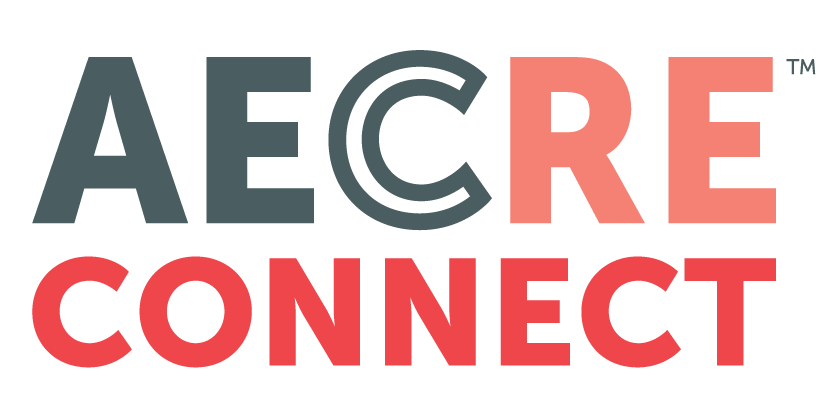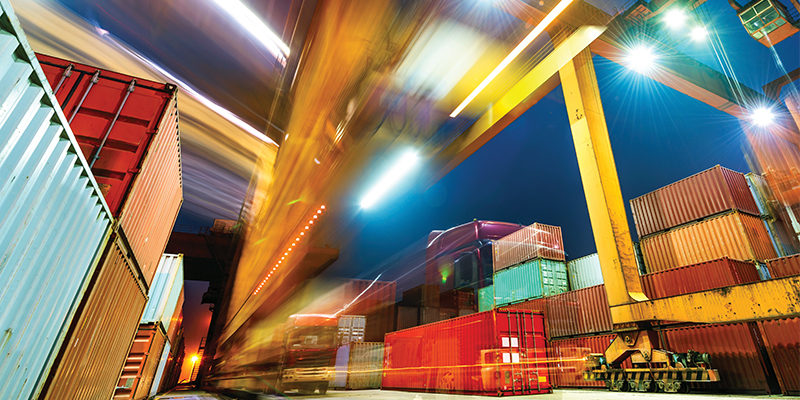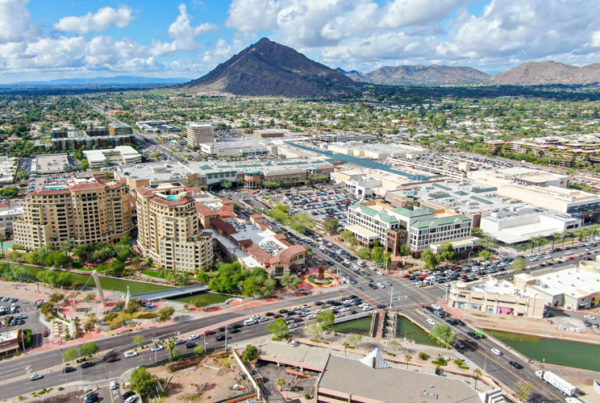Read the original NAIOP blog, here.
Commerce had begun to change before the outbreak of COVID-19; from the exponential trajectory of e-commerce, to the rise in consumer demand for more immediate goods, to the rise of urban industrial development to fulfill last-mile needs. The unknowns of this novel virus have accelerated that change to a tipping point at which the structures of commerce, and the development that supports it, may be altered for good. This crisis has exposed the strengths and weaknesses of the market, and in doing so proved the necessity of a resilient supply chain. What will new commerce look like and what will be the industrial development response to support it? Some of this answer may lie in examining the world’s largest commercial enterprise, a company that had already set change in motion, and the one company that may have grown the most as result of demand driven by the impact of COVID-19: Amazon. Through the lens of Amazon’s keys to success, we can see a path forward for industrial development to be part of the resilient supply chain.
The answer is far more complicated than consumers buying more goods online.
It involves a better integrated and more resilient form of commerce. Development that supports this new commerce will become more horizontally integrated between uses. The demand for immediate goods will be replaced with the value of more localized goods and a stronger market mechanism that connects to the consumer at the beginning and end of the supply chain. Innovative infrastructure that is both digital and physical, and increasingly local, will help to avoid sole reliance on a global supply chain.
Marketplace mechanism. What began as an online retailer selling a single product morphed into an online marketplace selling everything from clothing to groceries. Amazon’s entry into more and more markets has created a network effect; if everything is available on Amazon, consumers are more likely to buy there, making sellers more likely to sell there. Harvard Business School Professor Sunil Gupta, author of the “Amazon 2019” case study, has noted, “In today’s world, competitive advantage comes from connecting products and connecting consumers.” This is one of the most crucial drivers of Amazon’s growth — its mechanism to bring customers back to continue to purchase new products and services on Amazon.
Industrial development must implement its own marketplace mechanism to better connect consumers with products and services, and to help eliminate friction from horizontal integration as new networks are created. This will mean rethinking warehouses that store goods outside the suburban and urban landscape. Instead, development will favor true mixed-use developments where ideas are generated, companies collaborate, and the newest products are created and distributed at a rapid pace to a continuously returning consumer base. As opposed to traditional industrial development, these will be mixed-use marketplaces consumers will visit, where the integrated possibilities of commerce spread before their eyes.
Customer proximity. At Amazon, the adage “the customer is always right” is taken a step further. The self-proclaimed “customer-obsessed” company aims to improve customer experience at every opportunity. This means both anticipating and reacting to consumer behavior. For example, though Netflix originated the concept of online streaming, Amazon followed consumer behavior and expanded its business to include creating entertainment content — not to make money on the content itself, but to strengthen customer connection and loyalty to Amazon. This strategy created an avenue for Amazon to better engage with its customers and begin to shape their values and purchasing habits. Intense consumer focus drives the company to adapt its supply chain almost effortlessly in directions that at first seem disparate, like an online retailer producing movies, but then seem like a natural progression when seen through the lens of relentless dedication to customer satisfaction.
Commerce has grown accustomed to a completely globalized market. Yet, early on in the COVID-19 crisis, that highly globalized supply chain collapsed, throwing a wrench in the ability to meet consumer demand and exposing an important weakness. The collapse underscored a critical element of the new commerce paradigm: being close to the customer matters. Close proximity to the customer means that typologies like studio space belong in industrial development. It also means that industrial development must have the ability to both produce and distribute in ways that are driven by the values and complexities of an increasingly localized market, even as it interacts with the remaining global supply chain. A client recently captured this well as he said, “You can get a whole lot more product out there if you can simply get components rather than rely on waiting for completed assemblies.”
Infrastructure agility. According to early Amazon employees, founder and CEO Jeff Bezos had clear ambitions for expansion from the company’s beginnings. Despite not being profitable for its first 14 years, Bezos persuaded investors that Amazon was building an infrastructure that would enable it to gain scale, customers and business. He promised long-term profits and increased profit share and eventually delivered, and then some. The astounding evolution of Amazon has brought Bezos’ vision to fruition, and it is all made possible by groundwork laid in the company’s early years.
The infrastructure that will support new integrated development will no longer have as its sole focus the 40-foot box of global trade. This typology will, of course, remain, but infrastructure will count on connection and connectivity through digital and physical means. For example, integrated industrial development will rely on a robust network that supports multisized vehicles working in multiple modes with increasing sustainability and decreasing friction. Industrial clients will begin to control an increasingly large portion of local transportation infrastructure, while still relying on externally controlled transportation infrastructure. It is possible that in the post COVID-19 environment we may have lost some of the obsession with same-day or within-the-hour delivery thanks to newfound perspective. But, regardless, we will expect a localized system of delivery that is better integrated within our daily lives.
To move forward we must recognize that every crisis of this scale exposes inherent weaknesses and sets a course for change.
Since this crisis is not yet over, we don’t yet know the full extent of its impact and how we will need to react. However, what is already clearly demonstrated is the need and value of more integrated communities. We have completely blurred the lines between where we live and where we work, we have exposed the weaknesses of an overly global market, and we have demonstrated the value of local sufficiency and expectation. One could assume that development that recognizes this phenomenon, by seamlessly integrating where we live, work and make, in ways that are frictionless, will add the greatest value in a post COVID-19 world.
Ed Klimek presented a webinar examining “What Will Industrial Development Look Like Post-COVID-19?” as part of NAIOP’s Advantage Series: CRE Response to COVID-19. The webinar recording is available here. Visit the NAIOP Response: COVID-19 page for critical resources and knowledge to support you now.




